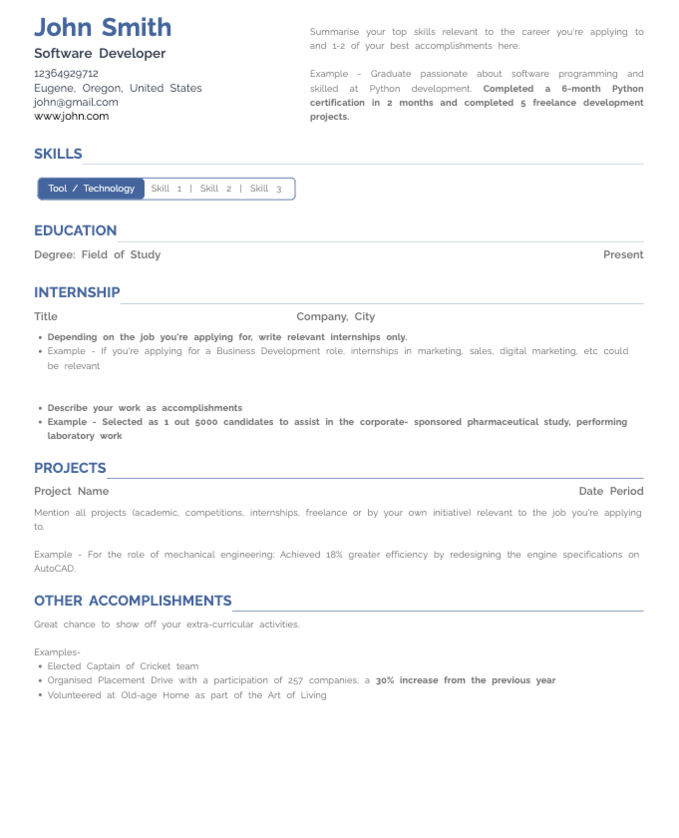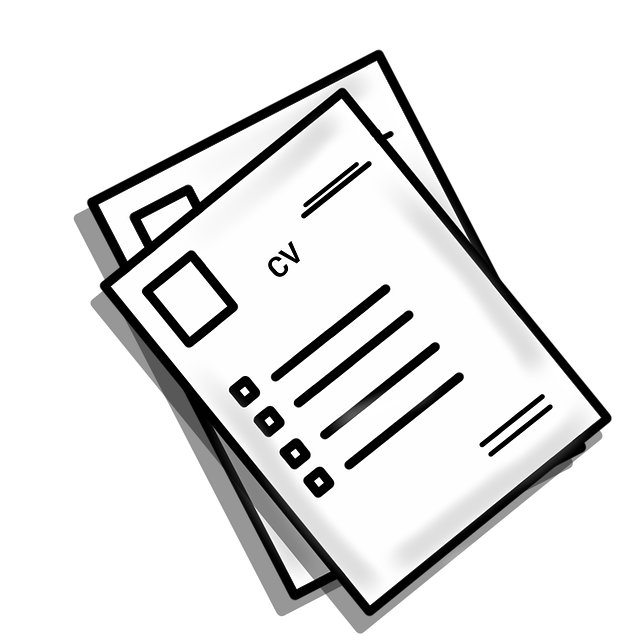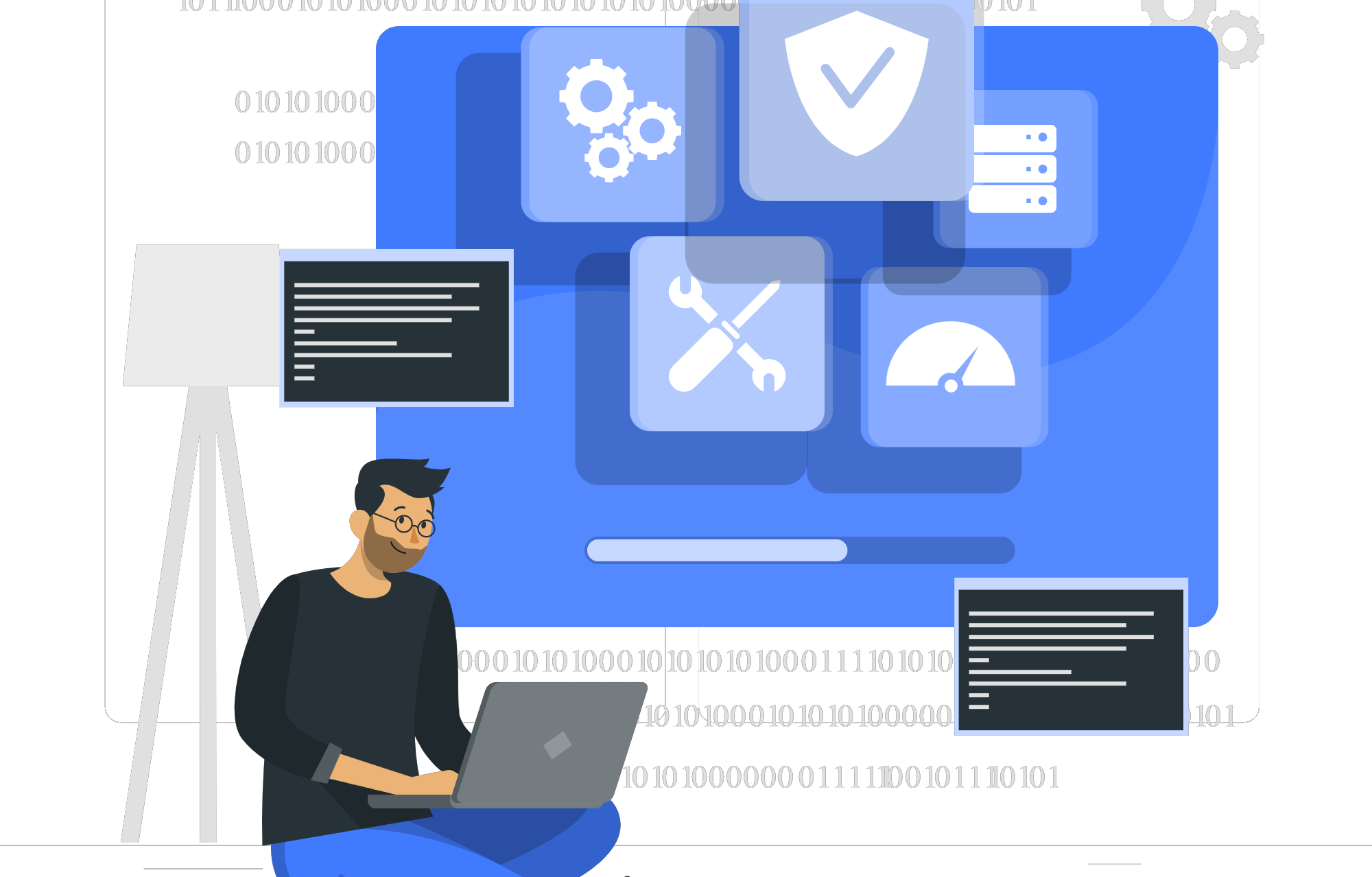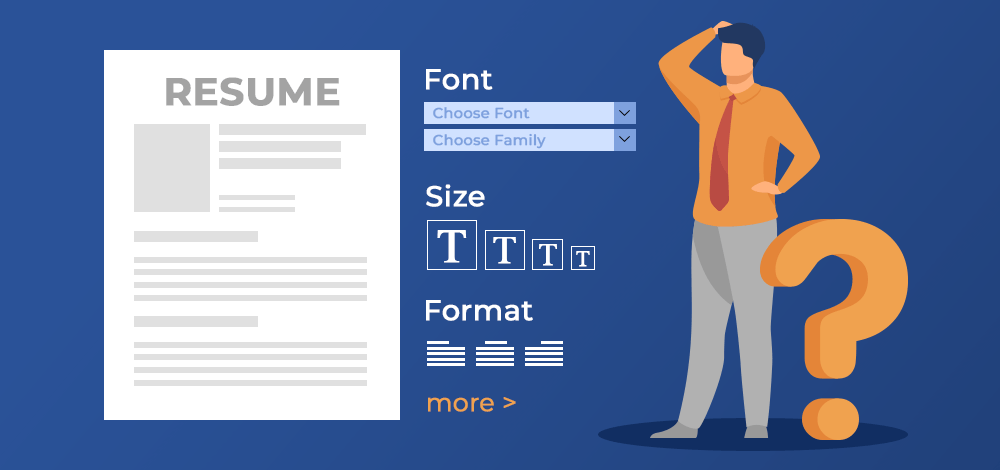How To Build Resume For A Career In VR & AR?
8 min read
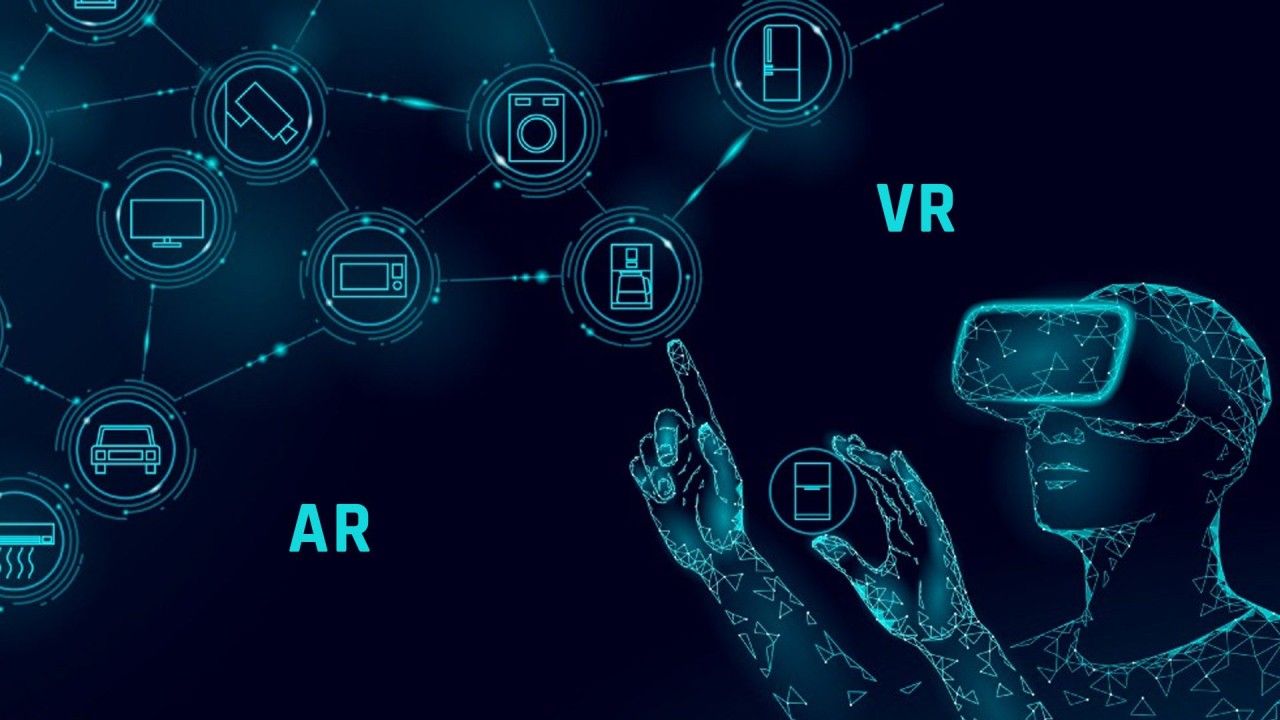
The world of Virtual Reality (VR) and Augmented Reality (AR) is no longer confined to the realms of science fiction; it's a rapidly expanding industry with immense potential for career growth.
Whether you're a tech enthusiast, a creative mind, or someone simply looking to embark on an exciting new career path, building a resume for a career in VR and AR is an opportunity you won't want to miss.
Here, we will unravel the essential steps and strategies to create a compelling resume that opens doors to this innovative and dynamic field.
From highlighting your skills and qualifications to showcasing your passion for immersive technology, we'll guide you through the process of crafting a standout resume tailored for VR and AR career opportunities.
Though you can use HyreSnap Online Resume Builder to craft your resume for AR & VR jobs, these guidelines will help you understand how to build a resume without any tool.
Virtual Reality (VR) and Augmented Reality (AR) technologies have opened up exciting career opportunities across various industries. Here are some of the career profiles in VR and AR:
- VR/AR Developer: VR/AR developers create immersive experiences by designing and developing applications, games, simulations, and interactive content. They work with 3D modeling, programming, and user interface design.
- UX/UI Designer for VR/AR: User experience (UX) and user interface (UI) designers in VR/AR focus on creating intuitive and user-friendly interfaces for immersive experiences. They ensure users can interact seamlessly with VR/AR applications.
- VR/AR Content Creator: Content creators produce 3D models, animations, videos, and interactive content for VR and AR experiences. They often work in the gaming, entertainment, or education industries.
- VR/AR Software Engineer: VR/AR software engineers are responsible for developing the software and applications that power VR and AR experiences. They work with programming languages and development tools specific to these technologies.
- VR/AR Game Developer: Game developers specializing in VR and AR design and create immersive gaming experiences. They integrate 3D graphics, physics, and interactivity to engage players in virtual worlds.
- VR/AR Architect: VR/AR architects design virtual spaces, including architectural and interior design, for applications such as real estate, interior design, and construction.
- VR/AR Marketer: Marketers in the VR/AR industry promote virtual and augmented reality products and experiences. They use digital marketing strategies to reach audiences interested in these technologies.
- VR/AR Research Scientist: Research scientists in VR/AR work on cutting-edge technologies, developing new algorithms and techniques to improve user experiences, graphics, and immersion.
- VR/AR Trainer/Educator: VR/AR trainers and educators use immersive technologies to develop training programs, educational content, and simulations for various industries, including healthcare, aviation, and military training.
- VR/AR Healthcare Specialist: In the healthcare sector, specialists use VR and AR for patient treatment, therapy, and medical training. Careers include VR/AR surgeons, therapists, and medical educators.
- VR/AR Industrial Designer: Industrial designers use VR/AR for product design, prototyping, and visualization, enabling companies to create and test products in a virtual environment.
- VR/AR Data Analyst: Data analysts in the VR/AR industry collect and analyze user data to improve the effectiveness and user experience of VR and AR applications.
- VR/AR Hardware Engineer: Hardware engineers focus on the development of VR and AR devices, such as headsets and controllers, ensuring they are functional, ergonomic, and user-friendly.
- VR/AR Project Manager: Project managers oversee VR and AR projects from inception to completion, ensuring that they meet deadlines, budgets, and quality standards.
- VR/AR Ethicist: Ethicists in the VR/AR field address moral and ethical issues related to immersive technologies, considering privacy, addiction, and the impact of VR and AR on society.
- VR/AR Sales and Business Development: Professionals in sales and business development focus on promoting and selling VR and AR solutions to businesses, organizations, and consumers.
Making a career in Virtual Reality (VR) and Augmented Reality (AR) involves a combination of education, skills development, networking, and strategic planning. Here are steps to help you build a career in VR and AR:
- Educational Foundation: Start with a strong educational foundation. Consider pursuing a degree in a relevant field such as computer science, game design, computer graphics, or human-computer interaction. Some institutions offer specialized VR/AR programs.
- Learn VR/AR Development: Gain expertise in VR/AR development. Familiarize yourself with development tools and platforms like Unity, Unreal Engine, and ARKit/ARCore for AR development. Consider online courses, tutorials, and books to learn the basics.
- Create a Portfolio: Build a portfolio of VR/AR projects. These could include games, simulations, apps, or interactive experiences. A strong portfolio is essential for showcasing your skills to potential employers or clients.
- Gain Programming Skills: Develop your programming skills, particularly in languages commonly used in VR/AR development, such as C#, C++, or JavaScript. Understanding 3D mathematics and graphics programming is also crucial.
- User Experience (UX) Design: Understand UX and UI design principles. Good design is essential for creating immersive and user-friendly VR/AR experiences. Familiarize yourself with design tools like Adobe XD or Figma.
- Networking: Attend VR/AR conferences, meetups, and industry events. Networking can help you connect with professionals in the field, learn about job opportunities, and gain insights into industry trends.
- Online Communities: Join online communities and forums dedicated to VR/AR development. Platforms like Reddit, LinkedIn, and specialized forums offer a wealth of information, job listings, and collaboration opportunities.
- Participate in Hackathons: Engage in VR/AR hackathons and competitions. These events provide opportunities to showcase your skills, collaborate with like-minded individuals, and potentially win awards or job offers.
- Contribute to Open Source Projects: Contribute to open-source VR/AR projects. This not only builds your skills but also demonstrates your commitment to the VR/AR community.
- Advanced Degrees (Optional): Consider pursuing advanced degrees or certifications in VR/AR. Some universities offer master's programs in VR/AR, which can provide in-depth knowledge and research opportunities.
- Apply for Internships: Look for internships or entry-level positions in VR/AR companies. Gaining real-world experience is invaluable for building your career.
- Develop Soft Skills: Develop soft skills such as problem-solving, communication, and teamwork. These are essential for working in collaborative VR/AR projects.
- Stay Current: Keep up with the latest VR/AR trends, hardware, and software developments. The industry evolves rapidly, and staying informed is crucial.
- Build a Personal Brand: Create a strong online presence, such as a LinkedIn profile and personal website, where you can showcase your work and share your insights on VR/AR.
- Apply for Jobs: Start applying for VR/AR job opportunities. Look for positions like VR/AR developer, 3D artist, UX/UI designer, or content creator.
- Freelancing/Consulting: Consider freelancing or consulting in the VR/AR space. Many companies and organizations seek experienced professionals for short-term projects.
Professionals working in the field of Virtual Reality (VR) and Augmented Reality (AR) typically have a range of responsibilities depending on their specific roles and job positions.
Here are fundamental responsibilities that VR and AR professionals might have:
- Design and Development: Design and develop VR/AR applications, experiences, and simulations using appropriate software and hardware tools.
- Coding and Programming: Write and maintain code for VR/AR applications, often using programming languages like C#, C++, JavaScript, or specialized languages for VR/AR development.
- 3D Modeling and Animation: Create 3D models, animations, and assets for VR/AR environments, characters, and objects.
- User Interface (UI) and User Experience (UX) Design: Design and optimize UI and UX elements to create user-friendly and immersive VR/AR experiences.
- Testing and Quality Assurance: Conduct thorough testing to identify and rectify bugs, glitches, and other issues in VR/AR applications to ensure a seamless user experience.
- Content Creation: Generate compelling and interactive content for VR/AR applications, which may include audio, visuals, and text.
- Hardware Integration: Work with VR/AR hardware components, such as headsets, controllers, and sensors, to ensure they function correctly with the software.
- Optimization: Optimize VR/AR applications for performance, ensuring they run smoothly on various devices and platforms.
- Storytelling and Narrative Design: Develop narratives and storytelling elements that engage users and guide them through VR/AR experiences.
- Project Management: Manage VR/AR development projects, including planning, scheduling, and coordinating team efforts to meet project milestones and deadlines.
- Research and Innovation: Stay informed about emerging technologies, tools, and industry trends. Innovate by exploring new possibilities for VR/AR applications.
- User Training and Support: Provide user training and technical support for VR/AR applications and hardware when needed.
- Collaboration and Teamwork: Collaborate with cross-functional teams, including designers, artists, programmers, and hardware engineers, to create cohesive VR/AR experiences.
- Documentation: Maintain comprehensive documentation of VR/AR projects, including code, design elements, and development processes.
- Legal and Ethical Considerations: Adhere to ethical standards and legal requirements, such as data privacy and content rights, when developing VR/AR applications.
- Educational and Training Initiatives: Develop educational and training content in VR/AR for various sectors, such as healthcare, education, and corporate training.
- Client Communication: Communicate with clients, stakeholders, or end-users to understand their requirements, gather feedback, and provide project updates.
- Public Speaking and Presentations: Deliver presentations at industry events, conferences, and workshops to share expertise and insights in the VR/AR field.
- Troubleshooting and Problem Solving: Identify and solve technical challenges and issues that may arise during the development and deployment of VR/AR applications.
- Safety Considerations: Ensure the safety of users and the environment when designing and deploying VR/AR applications, particularly in industries like healthcare and automotive.
Building a compelling resume as a Virtual Reality (VR) and Augmented Reality (AR) professional is essential for showcasing your skills and experience in this specialized field. Here are steps to help you create an effective VR/AR resume:
Resume Header
Include your full name, phone number, email address, and LinkedIn profile (if applicable). Ensure that your contact details are professional and up to date.
Resume Summary
Craft a concise summary at the beginning of your resume. Highlight your expertise in VR/AR, your career goals, and what you can bring to potential employers. Make it engaging and tailored to the job you're applying for.
Technical Skills
Create a section for your technical skills. List the programming languages, development tools, software, and hardware you are proficient with, especially those relevant to VR/AR development (e.g., Unity, Unreal Engine, ARKit, ARCore).
Education
Detail your educational background, starting with your most recent degree. Include the degree earned, major or specialization, the name of the institution, graduation date, and any relevant coursework or honors.
Professional Experience
Describe your work history, emphasizing VR/AR-related roles and projects. Highlight achievements, responsibilities, and the impact of your work. Tailor this section to match the job you're applying for.
Projects and Portfolio
Dedicate a section to showcase your VR/AR projects. Provide descriptions, technologies used, and the outcomes of these projects. If possible, include a portfolio link or QR code to showcase your work visually.
Awards and Certifications
Highlight any awards, certifications, or training related to VR/AR. This could include certificates in VR/AR development or recognition for your contributions to the field.
Publications and Presentations
Mention any publications, blog posts, or presentations you've made related to VR/AR. Include the titles, publication dates, and links, if applicable.
Leadership and Professional Affiliations
If you are a member of VR/AR associations or have held leadership positions in these organizations, include this information. This shows your active involvement in the VR/AR community.
Languages (Optional)
If you are proficient in languages other than English and this is relevant to the job, include them in this section.
Soft Skills
Describe your soft skills, such as problem-solving, teamwork, creativity, and communication. These skills are important for working in multidisciplinary VR/AR teams.
Customization
Tailor your resume for each job application. Research the company and job role, and emphasize the experiences and skills that align with the specific job requirements.
Proofreading
Carefully proofread your resume to eliminate typos, grammatical errors, and inconsistencies. Errors can detract from your professionalism.
Online Presence
Ensure your LinkedIn profile aligns with your resume and highlights your expertise in VR/AR. Your online presence should reinforce your qualifications.
Additional Sections (Optional)
Depending on your experiences and the job you're applying for, you might consider adding sections for awards, patents, or additional relevant qualifications.
You can refer to the below-mentioned sample resume while building your AR VR resume in 2023.
Sample Resume For VR & AR Professionals:
[Your Name]
[Your Address]
[City, State, ZIP Code]
[Your Email]
[Your Phone Number]
[LinkedIn Profile]
Summary:
Dynamic AR/VR professional with 5+ years of experience at Sigma IT Solutions, specializing in the design and development of immersive and interactive experiences. Proven track record of delivering cutting-edge solutions that bridge the gap between digital and physical worlds. Adept at using Unity, ARKit, ARCore, and Unreal Engine to create captivating AR/VR applications.
Technical Skills:
- Programming Languages: C#, C++, JavaScript
- Software: Unity3D, Unreal Engine, Maya, 3ds Max
- Hardware: Oculus Rift, HTC Vive, HoloLens
- AR Development: ARKit, ARCore
- UI/UX Design for AR/VR
- 3D Modeling and Animation
- Project Management
- Team Collaboration
- Problem-Solving
- Multidisciplinary Skill Set
Professional Experience:
AR/VR Developer
Sigma IT Solutions, Bengaluru
[Month, Year] - Present
- Lead the development of innovative AR/VR applications, including product visualization tools and interactive training simulations for clients in diverse industries.
- Collaborated with cross-functional teams of designers, programmers, and artists to create immersive experiences.
- Developed and maintained AR/VR codebase, ensuring optimal performance, responsiveness, and compatibility with multiple hardware platforms.
- Designed and implemented user interfaces, improving the overall user experience and usability of applications.
- Led the integration of ARKit and ARCore technologies to enhance the realism and tracking accuracy of AR applications.
- Contributed to the company's intellectual property by developing and patenting AR-based training solutions.
- Successfully delivered projects on time and within budget, meeting or exceeding client expectations.
AR/VR Intern
Sigma IT Solutions, Bengaluru
[Month, Year] - [Month, Year]
- Assisted senior developers in the creation of AR/VR prototypes and proof-of-concept applications.
- Conducted testing, debugging, and troubleshooting to identify and resolve issues in AR/VR projects.
- Collaborated with the team to enhance the user interface and optimize the overall user experience.
- Gained proficiency in Unity3D, C#, and 3D modeling software.
- Contributed to the development of client presentations and proposals for AR/VR projects.
Education:
Bachelor of Science in Computer Science
[University Name], Bengaluru
[Month, Year] - [Month, Year]
Certifications:
- Unity Certified Developer
- ARKit Fundamentals
- Virtual Reality Foundations
Awards and Honors:
[List any relevant awards or honors received during your career]
Languages:
Fluent in English, Hindi, and [Additional languages, if applicable]
References available upon request.
The salary of Augmented Reality (AR) and Virtual Reality (VR) professionals in India can vary widely depending on factors such as experience, location, job role, and the specific industry they work in. Here's an approximate salary range for AR and VR professionals in India:
Entry-Level Professionals (0-2 years of experience)
AR/VR developers, designers, and programmers with limited experience can expect an annual salary ranging from ₹3 lakhs to ₹8 lakhs or more. Salaries are often higher in cities like Bangalore, Hyderabad, and Pune.
Mid-Level Professionals (2-5 years of experience)
Professionals with a few years of experience in AR/VR development can earn salaries between ₹8 lakhs and ₹15 lakhs annually. Those with specialized skills and expertise may earn more.
Senior-Level Professionals (5+ years of experience)
Highly experienced AR/VR professionals, such as technical leads, project managers, or experts in a particular niche, can command salaries of ₹15 lakhs to ₹25 lakhs or even higher. Some senior professionals working in leadership roles may earn salaries exceeding ₹30 lakhs.
You can use these above-mentioned instructions to craft a professional resume for AR VR jobs in 2023. However, if you do not have time, we recommend using HyreSnap Online Resume Builder to build your AR VR Resume.
It is an AI based online resume builder that is capable of making job-winning resumes in less than 15 minutes. You can check its key offerings in the following points:
We have listed all the essential points that will help you in making impeccable AR VR resumes in 2023. Apart from this, if you have any confusion, please contact our experts at info@hyresnap.com. We will help you frame an ATS-friendly resume in 2023.
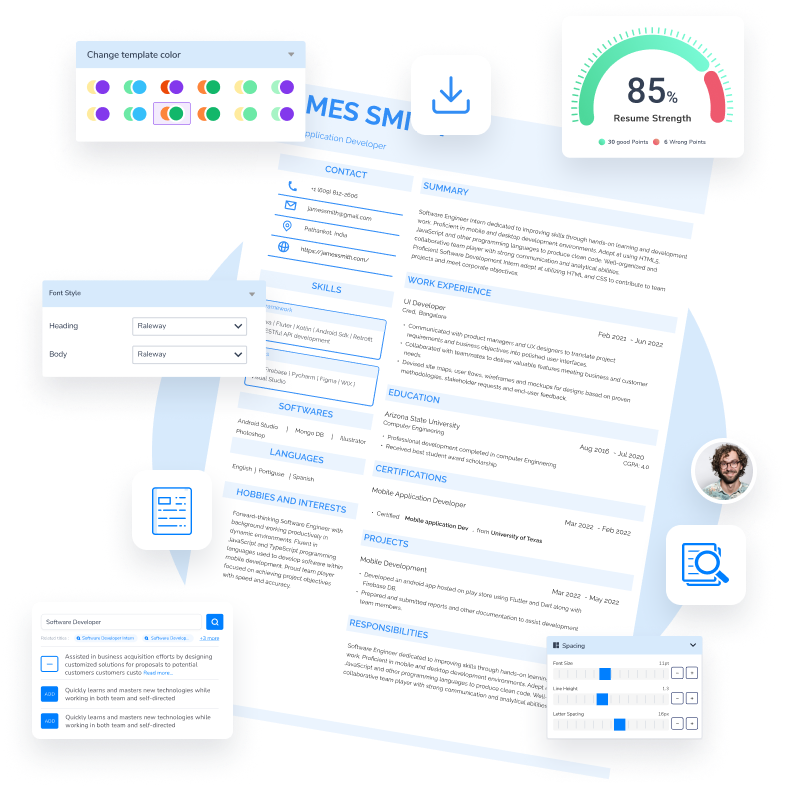
Try Now for Free!
